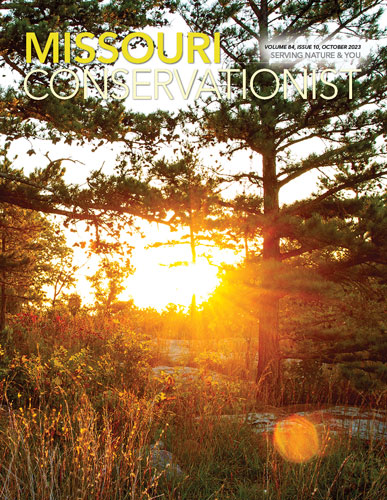Go Native!
Buy native tree and shrub seedlings from MDC’s George O. White State Nursery
Need trees and shrubs for your landscape? Go native with tree and shrub seedlings from MDC’s George O. White State Nursery. Native trees and shrubs can help improve wildlife habitat and soil and water conservation while also improving the appearance and value of private property.
The state nursery offers a variety of low-cost native tree and shrub seedlings for sale for reforestation, windbreaks, erosion control, wildlife food and cover, and other purposes. The nursery provides mainly 1-year-old, bare-root seedlings with sizes varying by species. Seedling varieties include pine, bald cypress, cottonwood, black walnut, hickory, oak, pecan, persimmon, river birch, maple, willow, sycamore, blackberry, buttonbush, hazelnut, redbud, ninebark, elderberry, sumac, wild plum, witch-hazel, and others. MDC recommends ordering early for the best selection.
Seedlings are available in bundles of 10 or increments of 25 per species. Prices range from 34 cents to $1 per seedling. Sales tax will be added to orders unless tax exempt. There is a shipping fee and a $9 handling charge for each order. Orders will be shipped or can be picked up at the nursery, located near Licking, from February through May.
Orders can be placed through April 15, 2024. Place orders online at short.mdc.mo.gov/ZNZ.
MDC’s 2023–2024 Seedling Order Form was in the September issue of the Missouri Conservationist. You can also get it at MDC regional offices and nature centers, or by contacting the State Forest Nursery at 573-674-3229 or StateForestNursery@mdc.mo.gov.
Changes for the Upcoming Deer Season
Regulation changes for the upcoming 2023–2024 deer hunting season include a new firearms early antlerless portion, a new firearms CWD portion, changes to firearms antlerless permit numbers, and the addition of 14 new counties to the CWD Management Zone.
MDC will offer a new firearms early antlerless portion Oct. 6–8 in the 100 counties open for the firearms late antlerless portion Dec. 2–10. Reynolds County will now be open during the antlerless portions.
MDC will offer a CWD portion of firearms deer season Nov. 22–26 in CWD Management Zone counties during the 2023–2024 deer season. Hunters will be able to use any unfilled firearms deer hunting permits during the CWD portion and must abide by the statewide limit of one antlered deer during the firearms deer season, all portions combined. Hunters must also abide by county-specific firearms antlerless permit numbers.
MDC has also increased the number of firearms antlerless permits hunters can fill in most counties, including allowing hunters to fill a firearms antlerless permit in Butler, Carter, Scott, and Wayne counties. Hunters in Bollinger County will be able to fill two firearms antlerless permits beginning this year. Qualifying landowners in Reynolds County may now receive two Resident Landowner Firearms Antlerless Deer Hunting Permits. MDC has also increased the number of firearms antlerless permits from two to four in 85 counties.
MDC has included 14 new counties as part of the CWD Management Zone this year: Bollinger, Caldwell, Carroll, Clay, Clinton, Dallas, Grundy, Jasper, Livingston, Madison, Montgomery, Pemiscot, Ray, and Schuyler. As with all counties in the CWD Management Zone, grain, salt products, minerals, and other consumable products used to attract deer are prohibited year-round. Hunters must also follow carcass transportation regulations. The antler-point restriction has also been removed from Caldwell, Carroll, Clinton, Grundy, Livingston, Montgomery, Ray, and Schuyler counties. Hunters who harvest deer in select CWD Management Zone counties during Nov. 11–12 must take the deer (or its head) on the day of harvest to a mandatory CWD sampling station.
Get more information on regulation changes and other details for deer hunting from our 2023 Fall Deer & Turkey Hunting Regulations and Information booklet, available where permits are sold and online at short.mdc.mo.gov/ZvC.
Corporal Michael Collins
Stoddard County
Conservation Agent
Early youth firearms deer season is Oct. 28–29. It’s a great time to get youth in the woods and start, or continue, a yearly tradition. Take time before the season for target practice. The more familiar the youth is with the firearm, the more comfortable he or she will be in the woods. On the day of the hunt, wear the required hunter-orange hat and vest. It will heighten safety — making you easier to spot in the woods. October weather can be unpredictable, so be prepared with plenty of clothes and other ways to keep warm. Kids are more likely to continue the tradition if they stay comfortable and warm. For more information, including harvest regulations and permits, visit short.mdc.mo.gov/ZVo.
Dumped Live Bait and Aquarium Species
by Angela Sokolowski
Invasive nonnative species destroy habitat and compete with native plants and animals. Please do what you can to control invasive species when you landscape, farm, hunt, fish, camp, or explore nature.

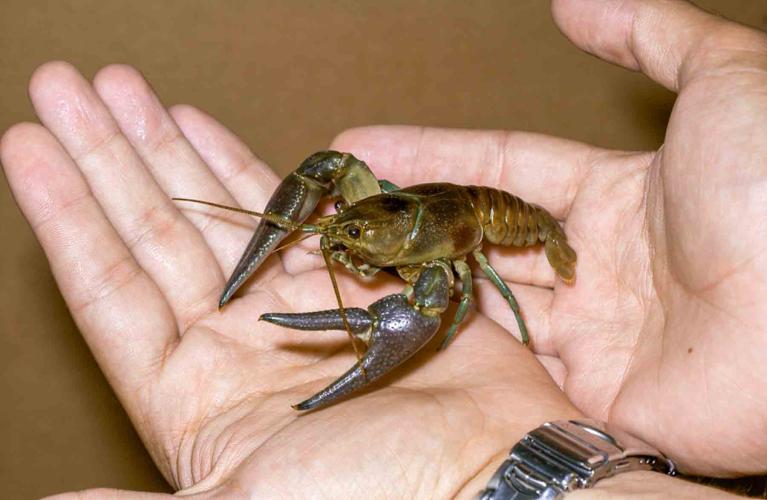

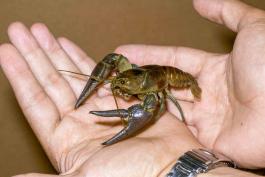
Although perhaps well-intended, live bait — including minnows, worms, and crayfish — or aquarium species — including fish, snails, and plants — should never be dumped in a waterway.
Why It’s Bad
Once dumped, the live bait or aquarium species can become invasive in our lakes and streams.
How to Control It
It is illegal to dump aquatic species into waterbodies from which they were not obtained. Dispose of bait in the trash or give it to another angler. Unwanted aquarium species should be frozen in plastic bags and placed in the trash or poured down a drain leading to a water treatment facility.
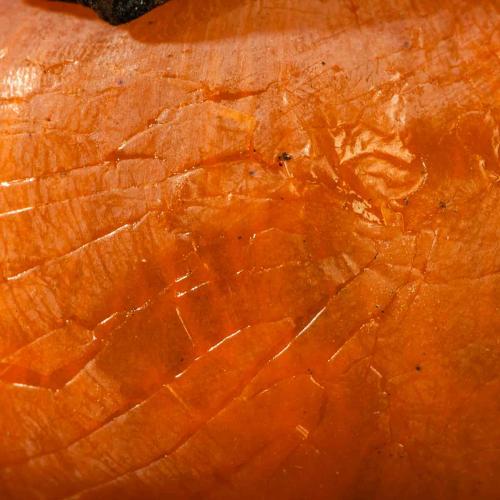
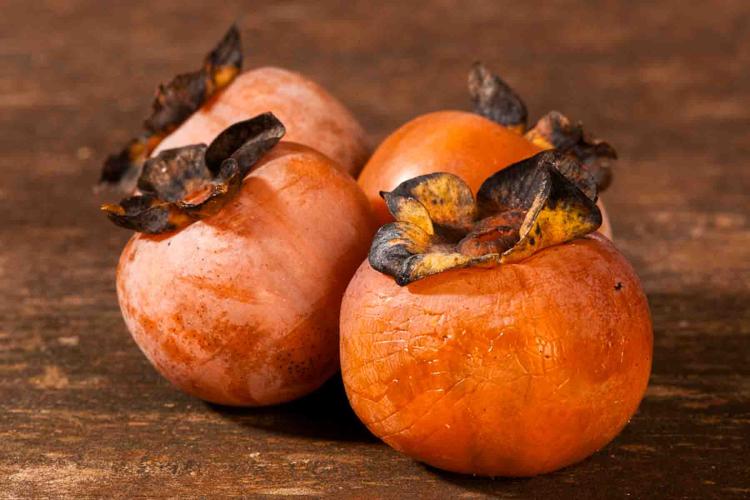


Persimmon Fruit
Persimmons are medium-sized trees, bearing fruit from September through October. The fruits — orange to orange-purple, globe-shaped, and about ¾–1½ inches long and wide — are sweet and edible when ripe. These edible fruit have been enjoyed for generations — from Native Americans to explorers and settlers. Persimmon fruits are also important to wildlife. Many birds — as well as deer, opossum, squirrels, bobwhites, raccoons, wild turkey, coyotes, and red and gray foxes — eat the fruits.
And More...
This Issue's Staff
Editor - Angie Daly Morfeld
Associate Editor - Larry Archer
Photography Editor - Cliff White
Staff Writer - Kristie Hilgedick
Staff Writer - Joe Jerek
Staff Writer – Dianne Van Dien
Designer - Shawn Carey
Designer - Marci Porter
Photographer - Noppadol Paothong
Photographer - David Stonner
Circulation – Marcia Hale






















